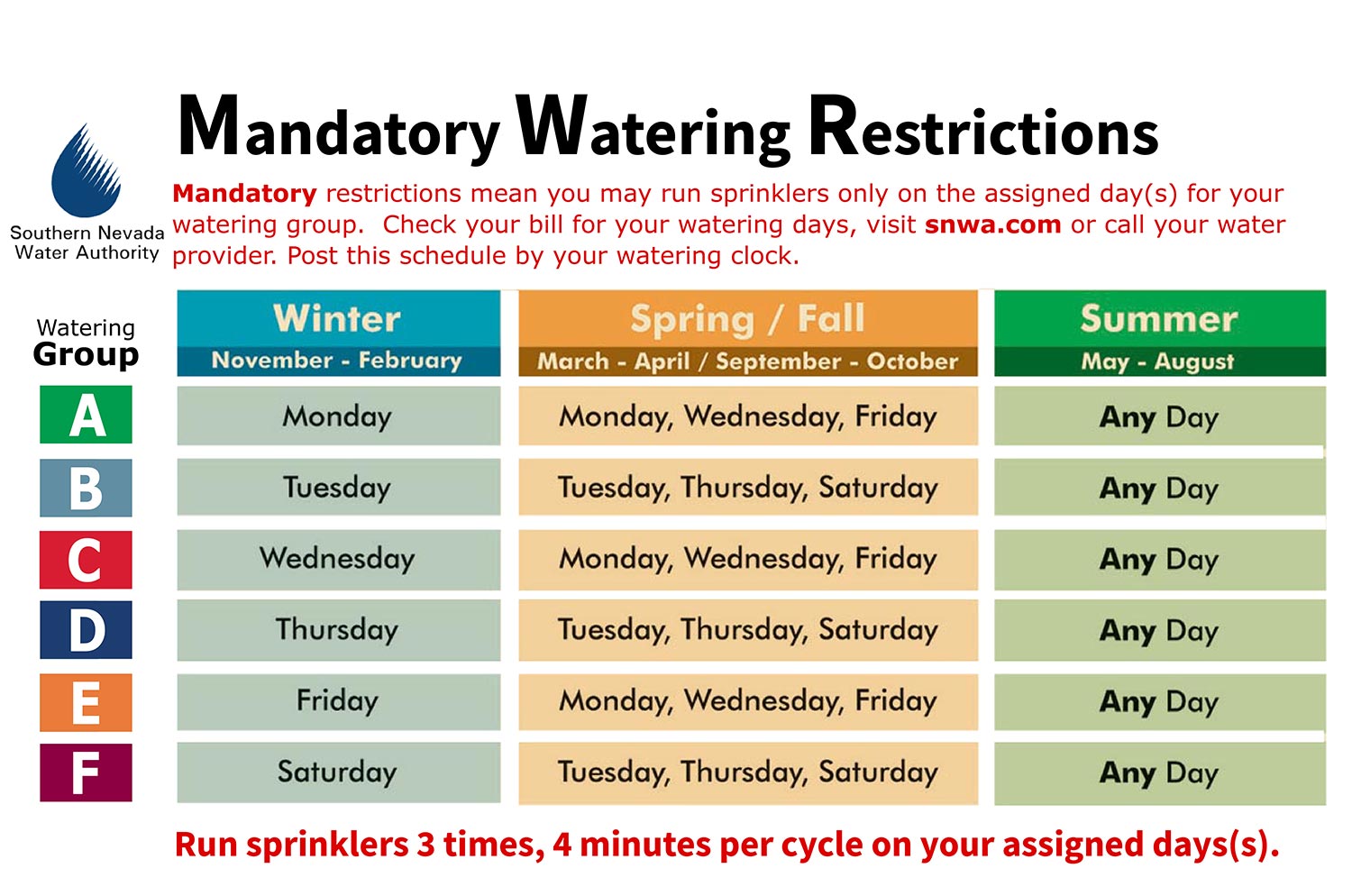Your landscaping, whether a do-it-yourself project or done by a professional landscaper, should be done in a manner that ensures proper drainage so that your property, as well as your neighbors’, is protected from surface water.
Maintain drainage from the rear yard through the side yard to the street, utilizing drainage pipes, rock, groundcovers, or grasses to prevent erosion along the side yard “swales”.
Swales that have been graded around your home or on the lot pad, should not be blocked. These shallow ditches have been put there for the purpose of quickly removing water toward the driveway, street, or another positive outlet.
Do not let water gather against foundations, privacy, and retaining walls. These walls are built to withstand the ordinary moisture in the ground. If water is permitted to the pond against them, it may cause structural damage due to erosion or expansion.
Do not create depressed planter boxes or areas next to foundations such that irrigation or rainwater collects in them.
Avoid planting shrubbery or lawns too close to your foundation – three feet is a good minimum. When preparing flower beds or planting areas adjacent to foundations, make sure that the ground surface slopes away from the foundation.
Never water toward the foundation of your house or water more than is necessary for the growth and maintenance of lawns, flowers, shrubs, or trees. Remember, less water is more desirable than too much.
Sometimes it is desirable to install concrete patios at the rear, sides, or front of the house. In order that such installations do not have a detrimental effect on your house, the following rules should be observed:
Patio slabs should be poured up to house foundations, wherever possible, and a planting strip between the patio slab and foundation should not be left unless proper under-slab drainage away from the foundation is provided.
Since patio slabs are usually much larger than sidewalks, there is more chance that drainage patterns will be obstructed, particularly at the rear or the house. It is therefore emphasized that positive drainage be restored around the perimeter of the slab by constructing drainage swales to other means. It is extremely important that this be done in the event patio slabs are covered.
By observing the above rules, the patio slabs can be constructed as desired and yet preserve the integrity of the drainage pattern of the lot.
If you should be considering any additions or improvements to your home, we wish to advise you as follows: Your lot has been designed and graded according to plans and specifications prepared by licensed soils and civil engineers. The grading has been inspected and approved by these engineers as well as the government entity (city, county, etc.) in which your lot is located. In cases where special soil conditions may dictate, that area of the lot supporting your home has been graded according to a special structural section designed by the engineers. In such cases, the concrete foundation and floors of your home may also have been specially designed by the engineers with additional steel reinforcements and other measures where required.
Additionally, your lot has been carefully finished and graded to drain. This grading has been inspected and approved by the civil engineer, building inspector, and, where applicable, V.A. or F.H.A.
If you should decide to install patios, fences, swimming pools, walks, landscaping, or additions to your home properly, it is imperative that you:
Maintain the integrity of the drainage system installed for your lot. Improper drainage or standing water next to your home can cause serious damage to the foundation or structure. Your grading was a minimum of 6 to 8 inches below the wood sills when the home was completed. Maintain this grade as it will help keep insects out and prevent water from entering your home.
Consult a competent engineer to determine if any special measures might be required for structural soundness. A copy of the soil report covering your property can be obtained upon request.
Obtain necessary building permits as required.

